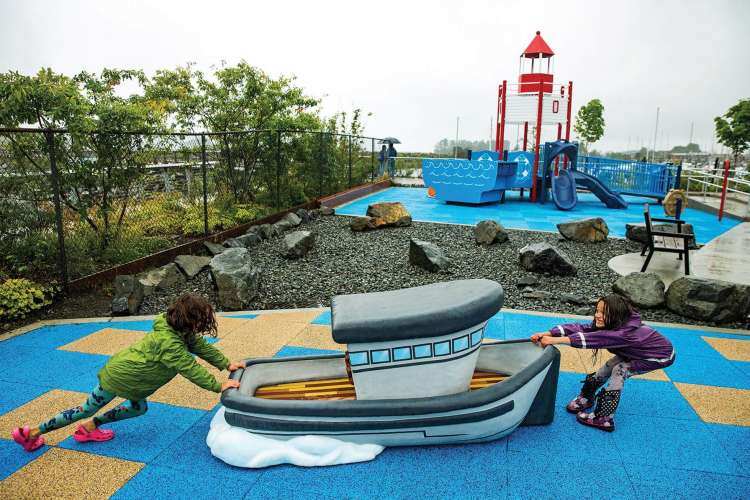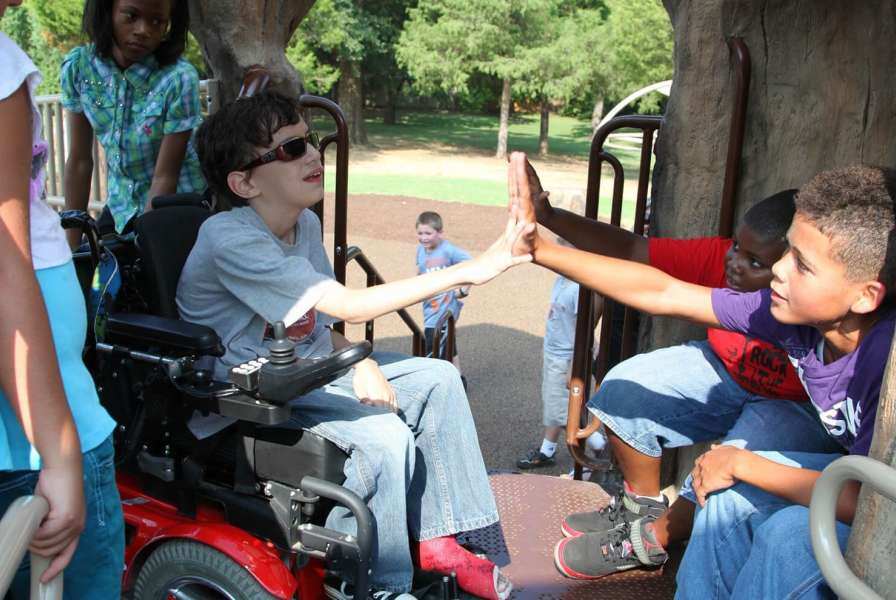Resilience, or the ability to manage stress and adversity, and the capacity of keeping our equanimity in the face of challenges, is a quality we all aspire to enjoy and possess, because it is inevitable that life will produce stress-inducing demands and unexpected difficult elements.
Rarely if ever is play considered a prerequisite or even a component of the ingredients we usually associate with the indoctrination of resilience, or is it generally appreciated in its contributions for how we manage stress, or how we face and master adversity.
But in our long transition over the ages, well documented by paleo-anthropologists, from nomadic hunter-gatherers to our world-wide primate human status now, surrounded as we are with technologic marvels and urban lifestyles; nonetheless, we can now place play in deep, deep context, and see it as it is, an ingrained part of all of us, and a necessity for overall human competency. And play has survived for good reasons.
Add to this valid historic perspective, the comparison of our brain design to those of our playful animal cousins, fresh insights and increased appreciation for play emerges. We are just now beginning to appreciate its importance.
As research psychologist Steve Siviy has written in Vol. #2 of the American Journal of Play,
“Yet various species have survived through countless episodes of adversity, and they did so partly because they developed arsenals of coping mechanisms. We presume that play as a phenotype has been through the rigors of natural selection and has afforded some advantage—or at the very least, has not been a significant disadvantage—to species that play. [and we are the most playful of all known species.] Indeed, play may have emerged as a stable behavior pattern across a variety of species over the course of evolution, but one that truly took hold in the mammalian brain. where, play seems to be largely a subcortical event. …, which points to a brain systemthat probably appeared fairly early in the course of mammalian evolution. As prevalent as play proves to be, it does not occur in a vacuum. For the young of many species, the journey from birth to adulthood can be filled with peril and considerable danger. Because play evolved amid these dangers, we need to understand its interaction with them in order to understand the evolution of mammalian playfulness.”
The objective studies that animal play in controlled settings has produced, (as it would not be ethical to conduct such research on humans) show that play-deprived animals cannot cope with the normal demands of belonging to a species-specific social group, nor do they handle stress adequately. On the other hand, play-filled animals deal with stress much better, show rapid recovery from stressful encounters, (animal resilience) and also demonstrate superior coping when presented with unexpected challenges. It is my view that human play, though we cannot objectify it through controlled studies, has parallel contributions to those seen in animal play research. The use of this information as it becomes more complete will provide data and be convincing to bring about broad policy changes that appreciate and implement play.
This animal play research makes it clear that play, in its many manifestations, serves a wide variety of survival-promotion functions pertaining to-stress management, overall competency, as well as learning, emotional regulation, innovation, and social cooperation. This understanding of the nature and importance of play, is especially vital in today’s world, because of the ever-increasing restrictions our culture places on children’s play. As children spend more time in school and at other adult-directed activities and are prevented from play, ostensibly for safety reasons, or because of parental anxiety about school performance, college prep, etc. they are thus limited from playing in the free, self-directed, and sometimes risky ways that always characterized children’s play in the past. There is good reason to believe that such restrictions are deleterious to children’s physical, emotional, social, and intellectual development. Though not emphasized here, the need for adult and senior play, play throughout our lifetimes remains profoundly important.
So it seems important for us to know…Does play by itself have the potential for easing stress? Some evidence in the literature about human play says it does. My work with at risk violent offenders reinforces this conclusion.
An early study that looked at preschool children found that those children distressed on the first day of school who were allowed to play became less anxious afterwards than distressed children to whom someone simply read a story. Interestingly, this lessening of distress became apparent only in those children who displayed high levels of baseline anxiety to begin with, and it was most evident in children who were allowed to play alone. In general, the evidence suggests that free play reduces anxiety and lessens stress in children. Consider, for example, play studied in children being treated for leukemia compared to the control group of the same age in a day-care center. While those with leukemia played less overall than the control group, an interesting pattern emerged among them. As anxiety levels increased in the kids with leukemia and they felt more stressed, they engaged more frequently in solitary play than parallel or group play, and their play became more repetitive.
Stress and play are clearly not compatible, with fear and stress suppressing play. Yet, stress occurs frequently in the lives of all of us, children and adults. And clinical observations reinforce that play can be a source of resilience even in the face of serious adversity. Animals stop playing when a threat appears in their environment, which indicates that the mammalian brain as it evolved saw an adaptive advantage in ceasing to play. But, once the immediate threat is over, play can start again, suggesting that the mammalian and thus our human brain as they both evolved saw no adaptive advantage in allowing feelings of fear and anxiety to linger.
PlayCore, by providing a well-designed supportive settings, along with encouraging communities to better understand play itself, can provide the type of effective projects that encourage a more rapid long-term ability to sustain resiliency, better manage stress, increase overall competency, and recover from adversity.









